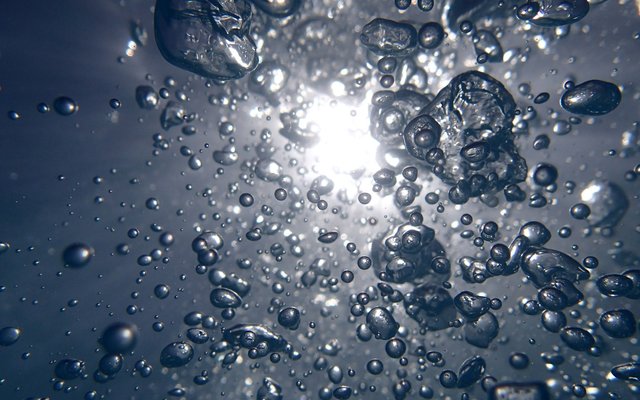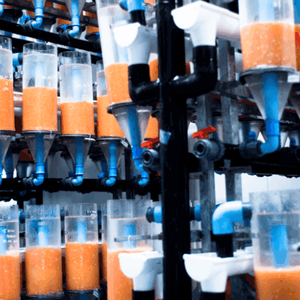Photoperiod and light intensity have been shown to play important roles in the growth of larval fish. Previous studies in Nile tilapia have examined the effect of photoperiod but light intensity should be added to evaluate their combined effects.
A group of Chinese researchers studied the effect of photoperiod and light intensity on the feed conversion and larval growth of Nile tilapia. Photoperiod ranged from 8 h to 24 h and light intensity from 100 lx to 2000 lx.
Results showed that under indoor recirculating rearing system varying growth rhythms occurred with different light conditions. An interaction between the two factors was detected, and the light intensity was more important in impacting on growth than photoperiod in the larval stage which implies that light intensity and photoperiod ought to be examined in concert rather than separately. Researchers suggested that for the best larval growth, if light intensities are held invariable, the photoperiod should be longer than 18 h.
Researchers also found another optimal two-factor combination, 14–16 h/1650–1900 lx, with high growth and feed conversion rates. Therefore, the study found that it is possible to maximize the larval growth rates via manipulation of artificial light regimes, which should be taken into consideration for the optimization of rearing protocols in Nile tilapia hatcheries. Researchers don’t recommend continuous lighting for optimal growth.
Read full study here.













